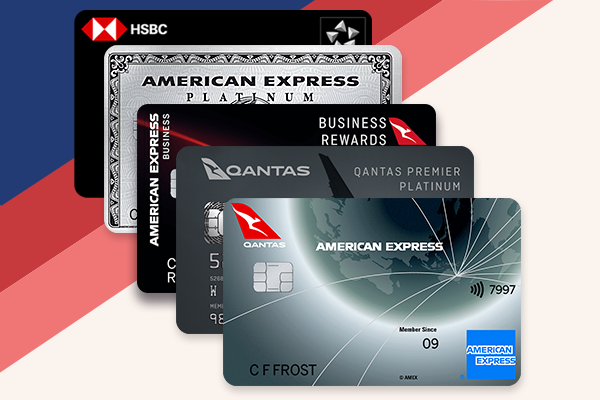And water boils at a lower temperature when at altitude so any nasty bacteria would probably survive since it's only about 90C.
But the water is safe, and treated with the tanks regularly clean. Millions of people flying everyday drinking aircraft water so it can't be that bad!
I know some airlines though say that the water from taps in the toilets is not suitable for consumption
As a general rule it's not safe to drink based on past studies, in fact in the USA where you think potable water would not be an issue, a test done by the EPA found issues with 15% of the 327 samples, resulting in specific legislation to improve the quality:
http://www.epa.gov/safewater/airlinewater/pdfs/fs_airlinewater_adwr_3 26 rn.sf.pdf
That law and study was probably generated by the WSJ doing a survey of just 15 flights in 2002:
The results of our water-quality snapshot: a long list of microscopic life you don’t want to drink, from Salmonella and Staphylococcus to tiny insect eggs. Worse, contamination was the rule, not the exception: Almost all of the bacteria levels were tens, sometimes hundreds, of times above U.S. government limits. “This water is not potable by any means,” says Donald Hendrickson, the director of Hoosier Microbiology Laboratories in Muncie, Ind., which tested our samples.
In the UK, a study by the APHA in 1999:
examined 850 samples of water from mains, bowser and aircraft sources from 13 airports in the United Kingdom. Pseudomonas aeruginosa was detected in 27% of all samples, total coliforms in 7.8%, E. coli in 0.4%, enterococci in 1.2% and sulfite-reducing clostridia in 0.4%.
Concern over the quality of water in aircraft has not just resulted in legislation in the US and Canada to be introduced, reinforced by IATA agreements, it's also been a concern by the WHO for a period of time as well:
http://www.who.int/water_sanitation_health/gdwqrevision/ghsa.pdf


















